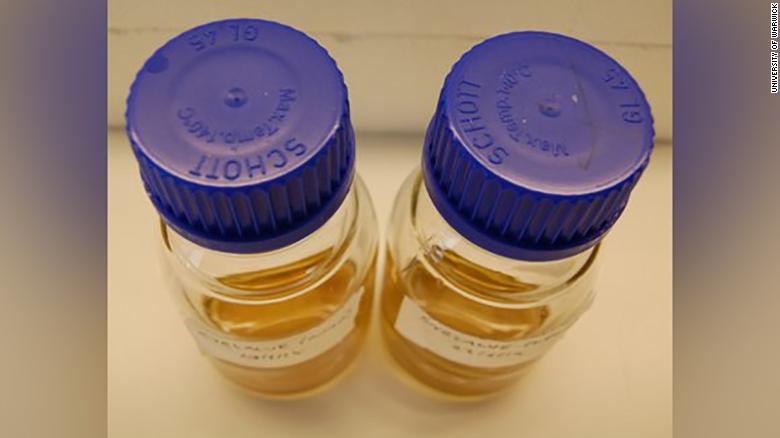London, United Kingdom — Scientists have said that a 1,000 year old medieval remedy could be a potential antibiotic for Covid-19.
According to a new research published on Tuesday, a 1,000 year old natural remedy that is made from onion, garlic, wine and bile salts has shown antibacterial potential, with promise to treat diabetic foot and leg infections.
The remedy known as Bald’s eyesalve has the potential to tackle biofilm infections, – communities of bacteria which resist antibiotics- which makes them much harder to treat, the researchers said.
According to the study, the biofilm infections are estimated to cost 1 billion pounds ($1.3 billion) every year to United Kingdom alone.
The medieval concoction was at first identified as being of potential help in the battle against superbugs in 2015. The latest study in the journal has also Scientific Reports has shed more light on how it works and how it might be applied in practice.
A microbiologist at the School of Life Sciences at the University of Warwick in the UK and an author of the study, Freya Harrison has said that: “This is the real detailed hard slog of finding out more information and seeing if it really could be developed into something clinically useful,”
“We think it has particular promise for treating diabetic foot infections. They are the ultimate, super-resistant biofilm infection. They are a huge health and economic burden. They really can become untreatable,” she continued.
“There’s a high risk that these diabetic foot ulcers are completely resistant to any antibiotic treatment. Then there’s a risk of a person developing sepsis … and people end up having their foot or lower leg amputated.”





